18 Carrot Companion Plants for a More Bountiful Crop
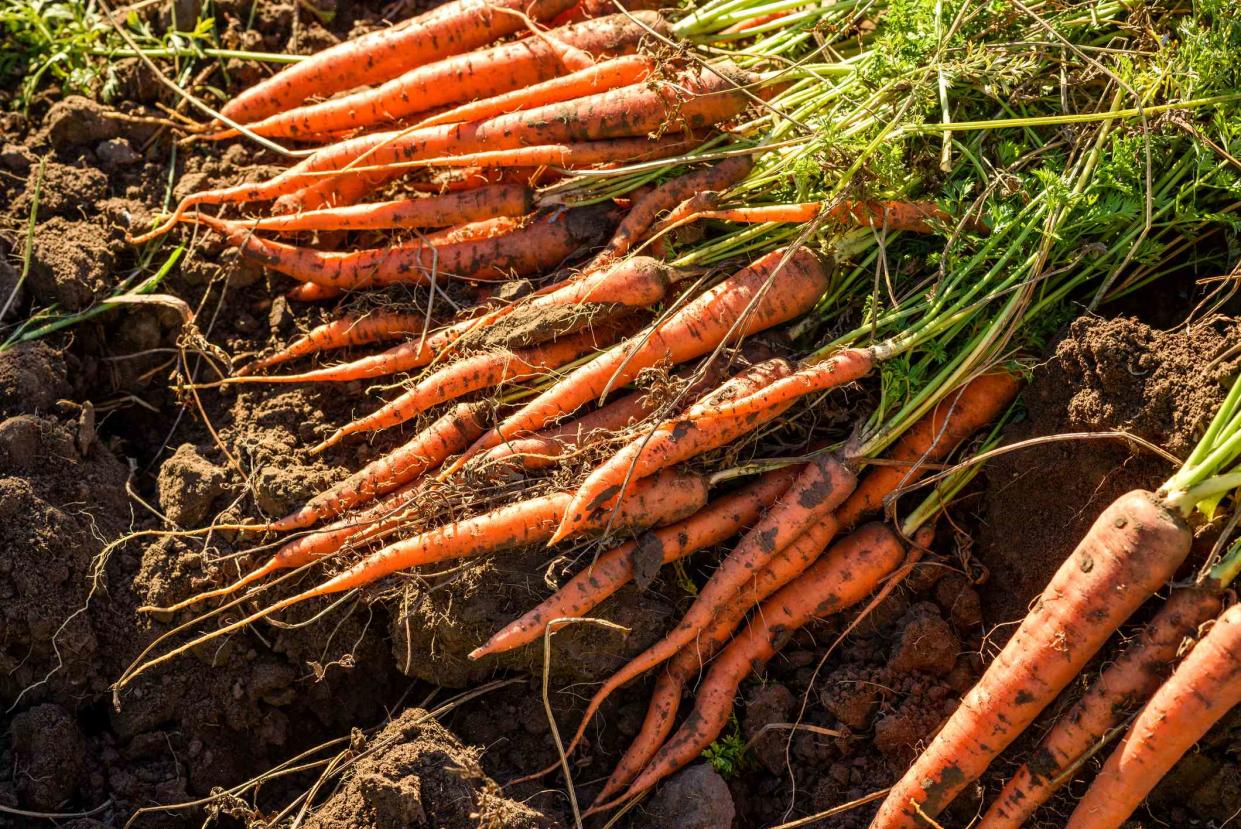
Dimitrie Ragar / 500px / Getty Images
Carrots (Daucus carota) are a favorite vegetable crop of home gardeners thanks to their easy-to-grow nature, ability to thrive in both garden beds and containers, and their abundant harvest from early spring through fall.
To make sure they thrive throughout every season, it's best to plant them alongside companion plants that will enhance their growth and protect them from pests. Whether it's beets in the spring, tomatoes in the summer, or leeks in the fall, there's a plant that can accompany carrots nearly year-round.
Here are the 18 best companion plants to help your carrots thrive, along with a few that you should avoid planting.
What Is Companion Planting?
Companion planting is when you strategically plant two vegetables, herbs, flowers, or other plants together with the intention of the two plants helping each other grow. This could be because they require complementary nutrients to grow, they deter pests that often attach the other plant, or they enhance each other's flavor.
Lettuce
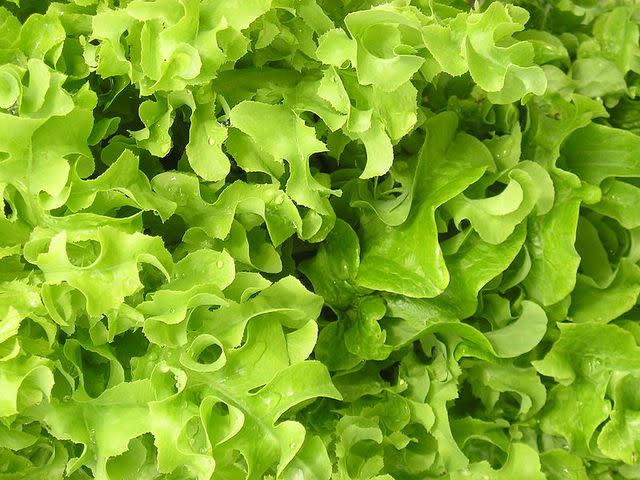
Jojan/Flickr/CC BY 2.0
Carrots break up the soil for lettuce's shallow roots, making these two perfect companions for a salad-ready garden. Carrots also attract lacewings and ladybugs, both of which eat the aphids that attack lettuce.
Name: Lettuce, garden lettuce (Lactuca sativa)
USDA Hardiness Zones: 2-11
Light: Full sun, partial sun
Soil: Loamy, rich, well-drained
Onions
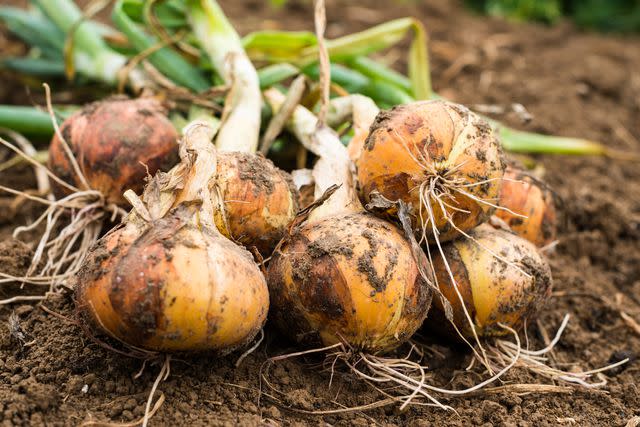
rootstocks / Getty Images
Onions deter many of the pests that threaten carrots, including the aptly named carrot fly. The two are both root vegetables, but they won't compete for soil nutrients or space.
Name: Onion (Allium cepa)
USDA Hardiness Zones: 5-10
Light: Full sun
Soil: Loamy, well-drained, neutral
Marigolds
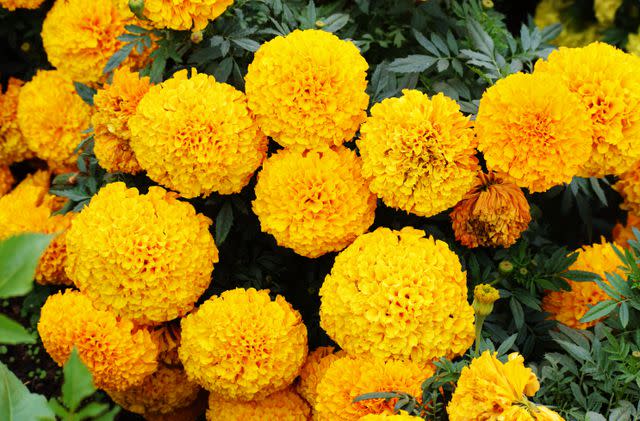
Ravinder Kumar / Getty Images
If you want sweeter, more delicious carrots, then marigolds will do the trick. Planting these two together increases the sugar and carotenoid in carrots. Plus, marigolds will repel carrot rust flies and carrot psyllids.
Name: Marigold (Tagetes spp.)
USDA Hardiness Zones: 2-11
Light: Full sun
Soil: Moist, well-drained
Peppers
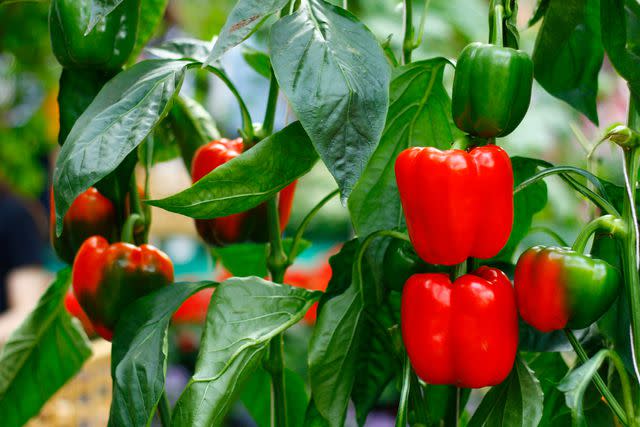
Vasin Hirunwiwatwong / Getty Images
Carrots need shade during the heat of summer, and, with the help of leafy bell peppers, they can find that relief from the sun. It's a mutually beneficial relationship, because carrots help loosen the soil for pepper's roots to take hold.
Name: Zucchini (Capsicum annuum)
USDA Hardiness Zones: 9-11
Light: Full sun
Soil: Fertile loam, neutral
Oregano
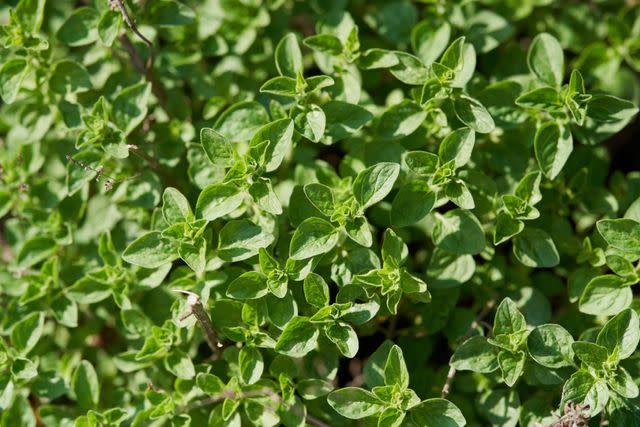
annick vanderschelden photography / Getty Images
Humans may love the savory smell of oregano, but bugs don't feel the same way. Oregano's herbal odor repels nematodes, carrot root flies, and rust flies, all of which will attack carrots if given the opportunity.
Name: Oregano (Origanum spp.)
USDA Hardiness Zones: 4-10
Light: Full sun
Soil: Well-drained
Tomatoes
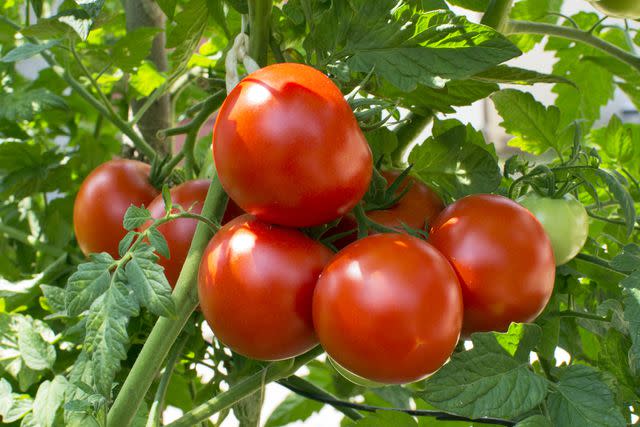
Helios4Eos / Getty
Carrots' deep roots break up the soil as they make their way below the surface, and they lead the way for tomatoes. This helps nutrients and water make their way through the loosened up soil, encouraging tomato roots to deepen and grow.
Name: Tomato (Solanum lycopersicum)
USDA Hardiness Zones: 3-11
Light: Full sun
Soil: Loamy, well-drained, neutral to acidic
Cilantro
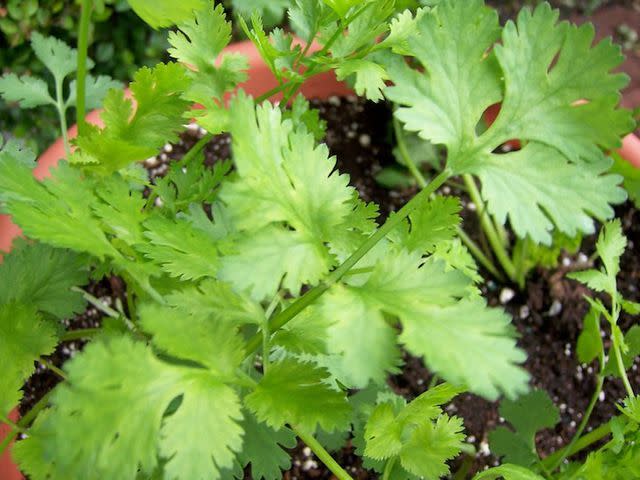
k8 / Flickr / CC BY-NC-SA 2.0
Cilantro is easy to grow in a container or in your herb garden.While many gardeners don't want their cilantro to bloom, it makes an excellent companion plant for carrots when it's allowed to flower. Its delicate white flowers will attract insects, including ladybugs, that will prey on carrot rust fly, aphids, nematodes, and carrot psyllids.
Name: Cilantro (Coriandrum sativum)
USDA Hardiness Zones: 2-11
Light: Full sun to partial sun
Soil: Loamy, moist, well-drained, acidic
Rosemary
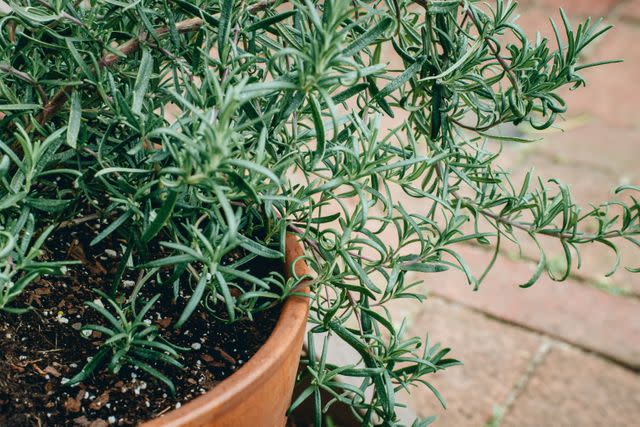
Jena Ardell / Getty Images
Rosemary's strong herbaceous smell will repel carrot flies and other pests from your garden, while carrots will help loosen the soil so rosemary's roots can take hold easily in your garden.
Name: Rosemary (Salvia rosmarinus)
USDA Hardiness Zones: 8-10
Light: Full sun
Soil: Sandy, loamy, well-drained, acidic to neutral
Chives
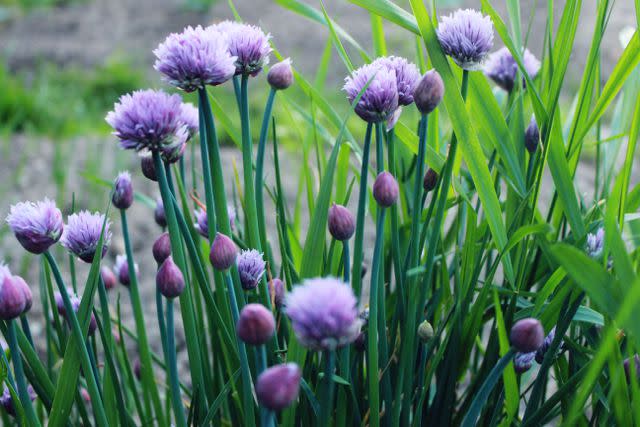
Jasenka Arbanas / Getty Images
Planting chives near carrots is a win-win for the crunchy root vegetable. Chives will enhance both the texture and taste of carrots while also repelling pests with their pungent onion smell.
Name: Chives (Allium schoenoprasum)
USDA Hardiness Zones: 3-9
Light: Full sun, light shade
Soil: Loamy, sandy
Leeks
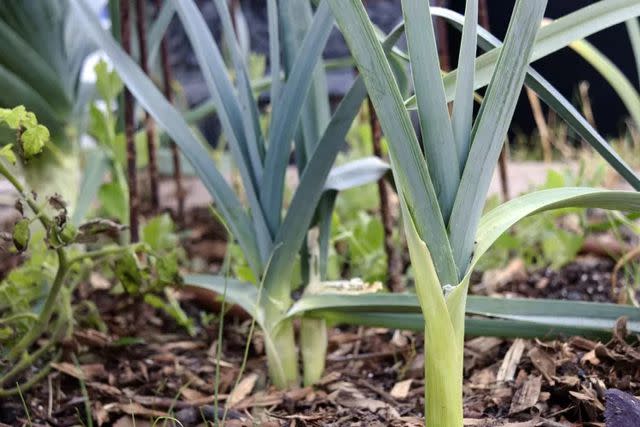
The Spruce / Randi Rhoades
Leeks and carrots are both looking out for each other in the garden, with leeks repelling carrot flies, and carrots repelling leek moths.
Name: Leek (Allium ampeloprasum)
USDA Hardiness Zones: 5-9
Light: Full sun
Soil: Loamy, well-drained
Radish
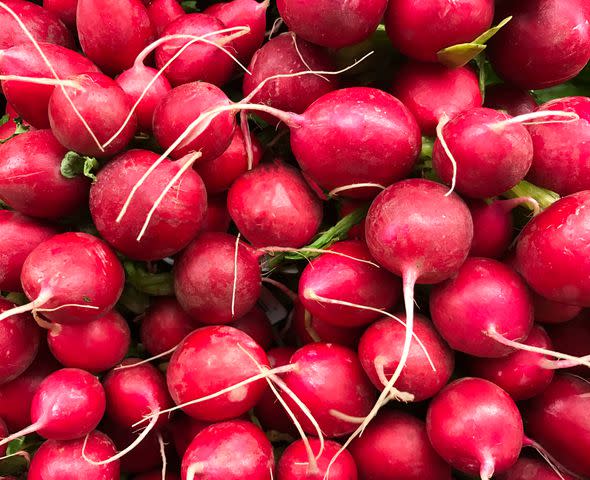
Howard Grill / Getty Images
Radishes are faster growing than carrots, which makes them one of the few vegetables that actually loosens the soil for carrots rather than the other way around. These two root vegetables make excellent companion plants all summer long.
Name: Radish (Raphanus sativus)
USDA Hardiness Zones: 2-11
Light: Full sun
Soil: Loamy, sandy, moist, well-drained, acidic, neutral
Beets
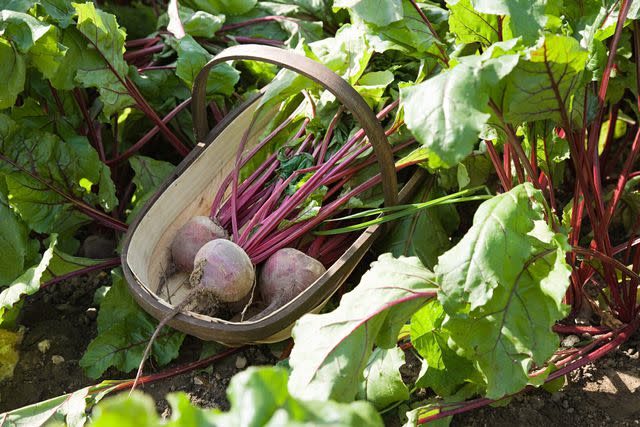
Image Source / Getty Images
Beets and carrots grow together like two peas in a pod. These two root vegetables can both thrive in containers, making them an excellent choice for a small space gardener, especially since they have similar light, water, and soil requirements.
Name: Beet (Beta vulgaris)
USDA Hardiness Zones: 2-11
Light: Full sun to partial sun
Soil: Loamy, sandy, silt, moist, well-drained, neutral
Bush Beans
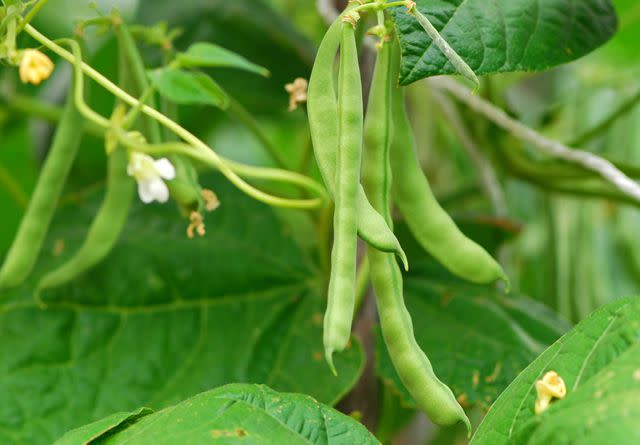
brytta / Getty Images
Bush beans are low maintenance plants that won't infringe on carrot's growth and will actually help it. They help add organic nutrients into the soil, creating a richer environment for carrots.
Name: Bush beans (Phaseolus vulgaris)
USDA Hardiness Zones: 9-10
Light: Full sun
Soil: Loamy, slightly acidic to neutral
Turnips
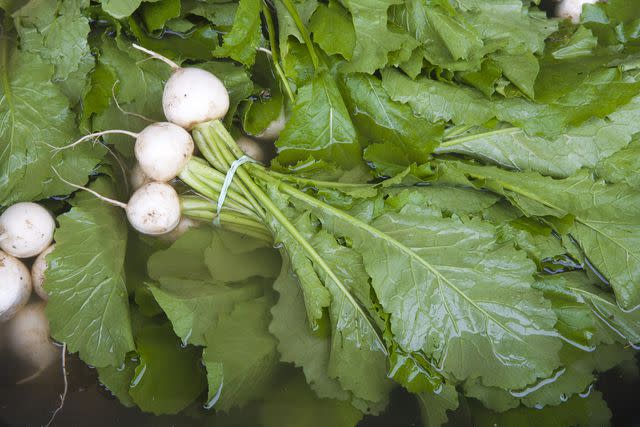
John Burke / Getty Images
Turnips do well in the same partial shade, cooler conditions where carrots thrive, and the spicy fragrance of their leaves can help keep pests at bay.
Name: Turnip (Brassica rapa)
USDA Hardiness Zones: 2-9
Light: Full sun
Soil: Rich, well-drained, slightly acidic to neutral
Cabbage
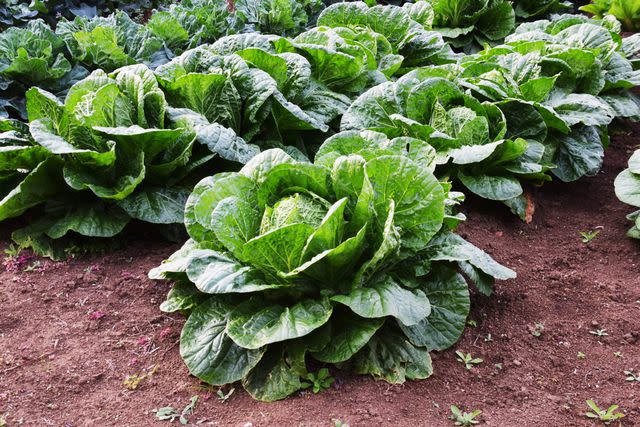
undefined undefined / Getty Images
Carrots and cabbage have a preference for cooler temperatures in common, yet their growing patterns are completely different, which is why they're great companions. Cabbage's shallow roots are an ideal match for carrot's deep roots, and they don't attract the same pests.
Name: Cabbage (Brassica oleracea)
USDA Hardiness Zones: 2-11
Light: Full sun
Soil: Loamy, well-drained, acidic to neutral
Spinach
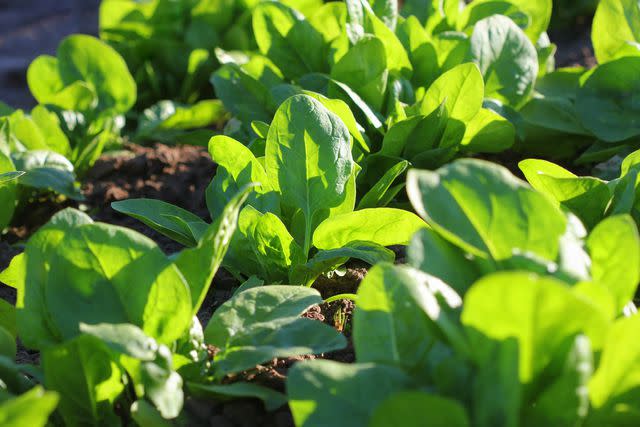
Vaivirga / Getty Images
Spinach is another plant with a more shallow root system that is an excellent accompaniment to carrots in the garden. Spinach also grows well in containers, so if you have a large container you'd like to turn into a vegetable garden, carrots and spinach are a good place to start.
Name: Spinach (Spinacia oleracea)
USDA Hardiness Zones: 2-11
Light: Full sun, partial sun
Soil: Loamy, moist, well-drained
Sage
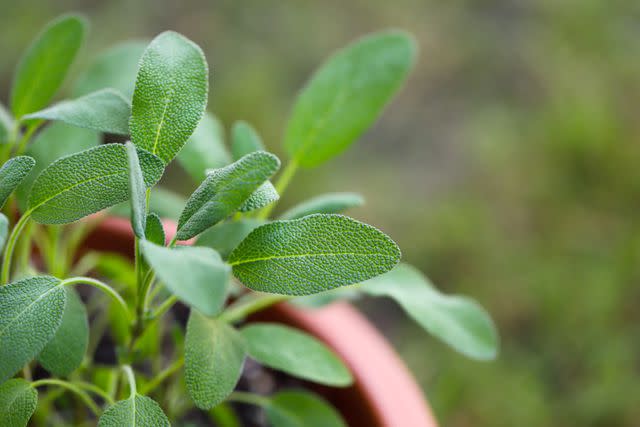
Daniela Duncan / Getty Images
The woody, earthy aroma of sage is delicious with carrots in fall, but it's also a perfect pairing in the garden. The smell of sage will deter pesky and destructive carrot rust flies.
Name: Sage (Salvia officinalis)
USDA Hardiness Zones: 4-10
Light: Full sun
Soil: Loamy, sandy, well-drained, acidic, neutral
Cucumber
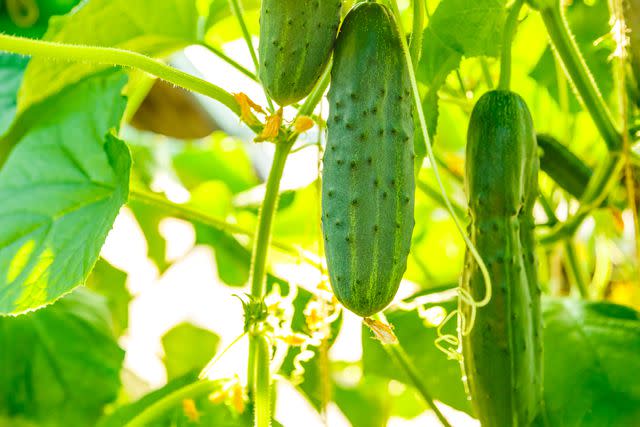
Garsya / Getty Images
Cucumbers take up a lot of space in the garden, but they also leave a lot of space, particularly as their vines reach upwards. Pairing them with low-growing carrots helps cover ground area and prevent weeds from taking over.
Name: Cucumber (Cucumis sativus)
USDA Hardiness Zones: 2-11
Light: Full sun
Soil: Moist, well-drained
What Not to Grow With Carrots
Plants that require high levels of phosphorus to thrive will not do well with carrots and will compete for nutrients in the ground. A few of the plants not to grow with carrots include:
Potatoes
Parsnips
Dill
Celery
Zucchini
Frequently Asked Questions
Can you plant zucchinis next to carrots in the garden?
In theory, because zucchinis have shallow root systems, while carrots grow deep into the ground, they could do well together. However, they have different soil and water requirements, which means they won't thrive in the same conditions.
Can you plant marigolds next to carrots?
Marigolds have multiple benefits for carrots, including deterring pests that attack carrots, like the carrot rust fly and the carrot psyllid. Marigolds also help sweeten the flavor of carrots, by increasing both sugar and carotenoid in their roots.
Read Next: When Is the Right Time to Plant Carrots? Find Out Based on Your Zone
Read the original article on The Spruce.

